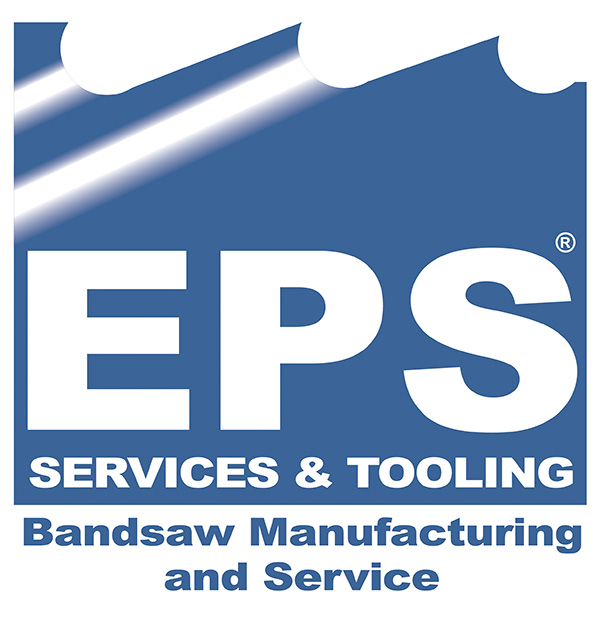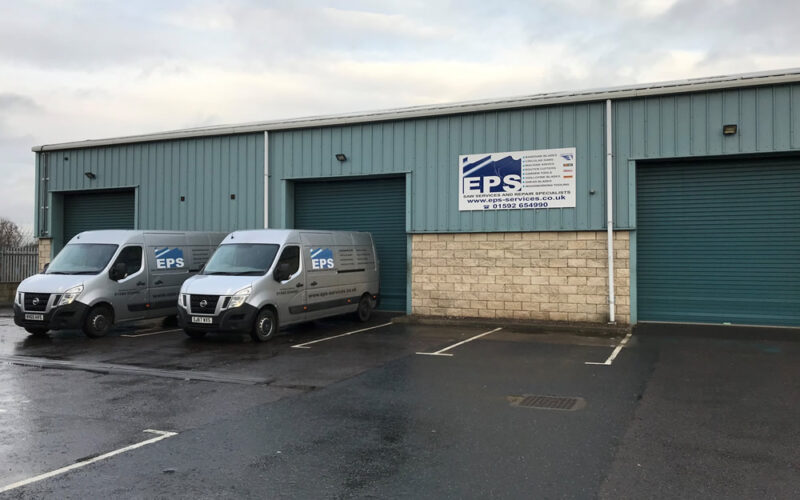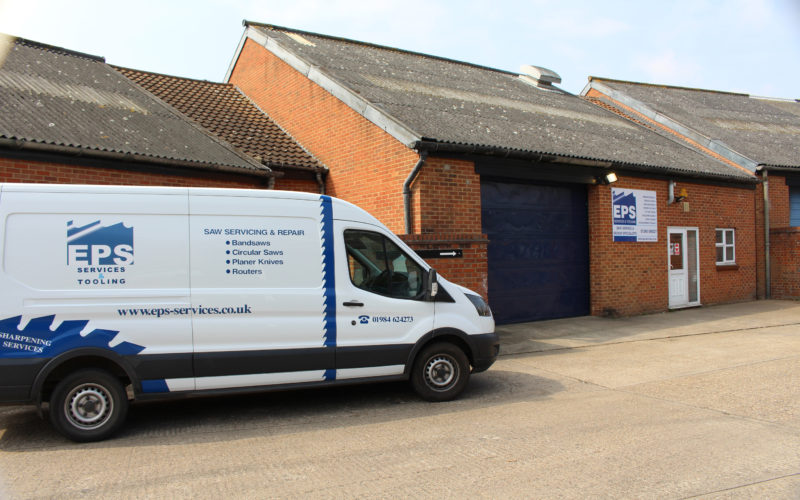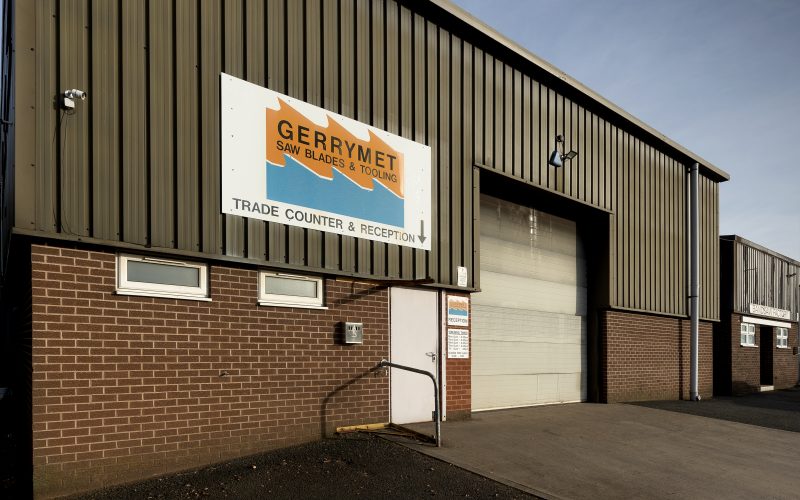The Complete Guide to Choosing and Troubleshooting Narrow Band Saw Blades
What is a Narrow Band Saw Blade?
Narrow band saw blades are thin and flexible, designed specifically for making tight, intricate cuts. They are essential in applications like woodworking and metal fabrication where precision and control are key. Their size allows for curved cuts, but they do require specific handling and maintenance due to their fragility compared to wider blades.
How Do I Choose the Right Narrow Band Saw Blade Width?
The width of your blade determines how tightly it can curve. If you need to make fine, detailed cuts, you’ll want to use the narrowest blade that your saw can accommodate without compromising its stability. The narrower the blade, the tighter the radius it can cut. For example, a 1/8 inch blade can cut a radius as tight as 3/16 inch, while a 1/2 inch blade needs a radius of at least 2-1/2 inches. Always balance flexibility with the strength required for your specific application.
| Blade Width | Minimum Cutting Radius |
|---|---|
| 1/8″ | 3/16″ |
| 3/16″ | 5/16″ |
| 1/4″ | 5/8″ |
| 3/8″ | 1-1/2″ |
| 1/2″ | 2-1/2″ |
What is TPI and Why is it Important?
TPI, or Teeth Per Inch, plays a major role in how your blade cuts. A higher TPI means more teeth are engaging with the material, leading to a smoother finish but a slower cut. On the other hand, a lower TPI will cut faster but may leave a rougher surface. When using narrow blades, it’s crucial to ensure at least three teeth are in contact with the material at all times to avoid skipping and damage to both the blade and the workpiece.
How Do I Select the Right TPI for My Material?
The right TPI depends on the type and thickness of the material you’re cutting. Thin sheet metal typically requires a very fine blade with around 24 TPI to prevent snagging. Softwoods cut well with a TPI of 6 to 10, while hardwoods benefit from 10 to 14 TPI for cleaner results. For aluminum, a mid-range of 8 to 12 works well, and plastics generally need 10 to 14 depending on density and brittleness. Matching your blade’s TPI to the material helps ensure efficiency, cleaner cuts, and longer blade life.
| Material Type | Recommended TPI |
|---|---|
| Thin Sheet Metal | 24 |
| Softwood | 6–10 |
| Hardwood | 10–14 |
| Aluminum | 8–12 |
| Plastics | 10–14 |
What Are Common Narrow Band Saw Blade Problems and How Do I Fix Them?
1. Premature Tooth Wear
If your teeth are wearing out too quickly, you might be feeding material too aggressively, or your blade speed may be too low. Sometimes it’s simply a matter of selecting a blade with the wrong TPI. To fix this, slow down your feed rate, increase blade speed slightly, and double-check that the TPI is appropriate for the material you’re cutting.
2. Blade Vibration
Excessive vibration can usually be traced to poor blade tension, an overly fast cutting speed, or using a blade that’s too narrow for the job. Re-tensioning the blade, reducing the cutting speed, or switching to a more suitable blade width often resolves this issue.
3. Gullet Loading
When material packs into the blade’s gullets, it’s often because the TPI is too high for the material thickness. This restricts chip clearance and can cause overheating or binding. Switch to a coarser blade and reduce your feed rate to prevent buildup.
4. Blade Breakage
Blades may break if they are under too much tension, forced through curves that are too tight, or poorly welded. Always match the radius of your cuts to the blade width, use the correct tension, and inspect welds regularly to avoid sudden failures.
5. Stripped Teeth
This usually happens when the workpiece isn’t securely clamped or the feed pressure is too high. Make sure everything is firmly in place and reduce how quickly you’re pushing the material into the blade to help prevent this kind of damage.
How Can I Prolong the Life of My Narrow Band Saw Blades?
To get the most life out of your narrow band saw blades, start by breaking in new blades with a lower feed rate to prevent early tooth damage. Check regularly that your saw and blade are properly aligned, and always match the blade’s TPI and width to the material you’re cutting. Using coolant or lubrication when applicable reduces heat buildup, and avoiding twists or forced turns keeps the blade tracking correctly.
Why Should I Choose EPS Services & Tooling for Band Saw Solutions?
EPS Services & Tooling provides industry-leading support for narrow band saw blade users. From selecting the right blade to solving wear or performance issues, our decades of hands-on experience and tailored solutions help our clients cut cleaner, work faster, and minimise costly downtime. Whether you’re managing a fabrication shop or just looking to improve blade longevity, EPS has the tools and knowledge to support your needs.







